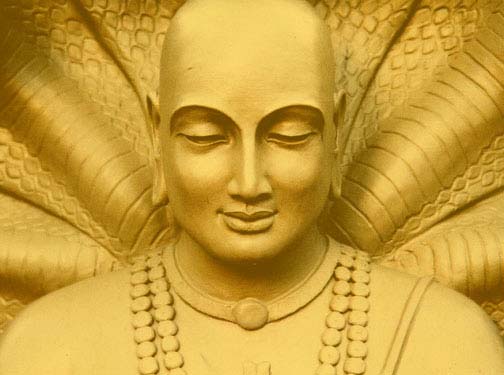In my first post about the Yoga Sutras, I explained the meaning of the first four sutras of the first book, the Samadhi Pada:
“Now, I vow to you that yoga is when the activities of the mind are arrested and you abide in your own true nature. At other times, you don’t.”
In these first four sutras, Bhagavan Patanjali explains what yoga is and what happens when we are not in a state of yoga. The rest of the sutras – there are 196 in all – offer tools and techniques to realize the state of yoga, which is to abide in our own true nature, as well as what happens to us when we reach this state, what powers we attain, and how we transform. More on that later. For now, to know our true nature, we must deal with the activities of the mind: our thoughts and feelings. In the next two sutras, Bhagavan Patanjali states:
“The activities of the mind are fivefold and can lead to either bondage or freedom. These five are valid and unchanging knowledge, false knowledge, knowledge through words without object, knowledge of sleep and knowledge of memory. ”
All activities of the mind are categorized as one of five kinds. For the purposes of arresting the activities of the mind, four categories are not enough and six is too much. Five is just right! To arrest all of them is to abide in our own true nature. In subsequent sutras, Bhagavan Patanjali outlines the precise technical definitions of each and how they are connected to one another.
The five kinds of thoughts and feelings can either lead to bondage or freedom. The practice is to figure out what kinds of thoughts we are having. Are they painful, not painful, happy, or unhappy? Thoughts come through the mind independently of each other and coexist; they don’t cancel each other out. The effort is to understand whether we are strengthening or weakening compulsive thinking and actions. We want to develop thoughts that lead to freedom, which is real lasting peace, beyond happiness or unhappiness, and then drop those thoughts that lead to bondage.
Why is this important? Because in order to change, we must become aware of the habitual thought patterns that keep us bonded to negative ways of being. This is such a hopeful practice. In the legendary words of Led Zeppelin, “Yes, there are two paths we can go by, but in the long run, there’s still time to change the road you’re on.”
Contemplate this. We have the power to choose freedom from thoughts that bind us. But what exactly are these five kinds of thoughts? Stay tuned. This is the second of many posts on the Yoga Sutras!
Lisa Dawn has been studying the Yoga Sutras in depth with master teacher A. G. Mohan of India. She has memorized all four books and teaches small groups.

No comments:
Post a Comment